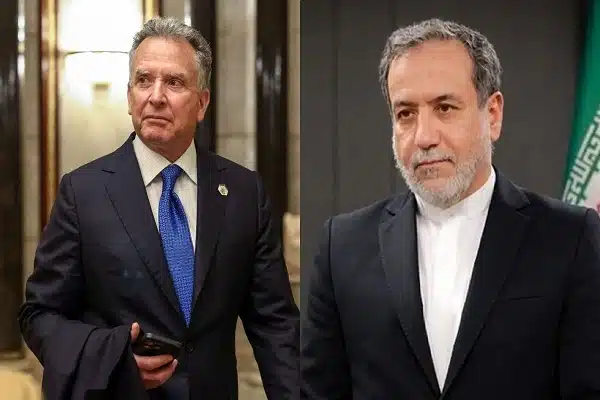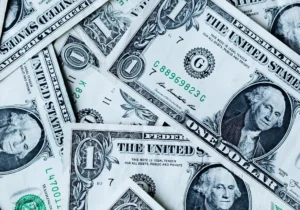
Details of Iran-US negotiations in Oman on April 7; What is Trump’s representative’s view on Iran’s nuclear program?
Details of Iran-US negotiations in Oman on April 7; What is Trump’s representative’s view on Iran’s nuclear program?
مدیریت
Author
Details of Iran-US Negotiations in Oman on April 7: Trump’s Stance on Iran’s Nuclear Program According to some reports, Abbas Araghchi and Brian Hook (likely a reference to Robert Malley or another U.S. negotiator) are the senior negotiators for Tehran and Washington, respectively. The talks will begin indirectly, mediated by Badr al-Busaidi, Oman’s Foreign Minister. Donald Trump, then U.S. President, stated: “We are having direct talks with Iran, and there will be a very important meeting on Saturday. We’ll see what happens. There will be a big meeting with the Iranians and direct talks with them.” He added: “A deal with Iran is possible, and that would be great. High-level direct negotiations with Iran are underway. Success in these talks would benefit Iran.” Trump also said: “We want Israel to be involved in any agreement with Iran, but at the same time, we are trying to prevent conflict.”On the Saturday meeting, Trump emphasized: “There will be a major, direct meeting with the Iranians. We’ll see what happens. Maybe we’ll reach a deal, and that would be fantastic.” He claimed that any potential agreement could be “different and much stronger” than the JCPOA (Iran nuclear deal). However, Trump refused to disclose the meeting’s location, only stating: “I can’t say where the Saturday meeting will be held. It’s highly confidential and will be direct.”He warned: “If negotiations fail, Iran will be in serious trouble. We cannot allow Iran to obtain nuclear weapons. Some countries have nukes when they shouldn’t, but Iran must never get them.” When asked how a new deal with Iran would differ from the JCPOA, Trump replied: “I can’t disclose details, but it will be a stronger agreement.”Netanyahu’s Demand: A “Libya Model” for IranBenjamin Netanyahu, Israel’s Prime Minister, urged Trump to model any Iran deal on the 2003 Libya agreement, where Libya dismantled its nuclear program entirely. During his meeting with Trump at the White House, Netanyahu said: “We are united in preventing Iran from acquiring nuclear weapons. Whatever happens, we must ensure Iran never gets a nuclear bomb.” Iran’s Response: Indirect Talks OnlyAbbas Araghchi, Iran’s Deputy Foreign Minister, confirmed Trump’s remarks about talks but clarified that negotiations would be indirect. He stated: “This is both a test and an opportunity. The ball is in America’s court.” Araghchi had previously denied any direct talks, saying: “No negotiations have taken place yet. The U.S. has not responded to our proposal for indirect talks via Oman.”Oman’s Mediation and Iran’s ConditionsOn Monday, April 7, Araghchi explicitly dismissed claims of direct talks, stating: “We do not accept direct negotiations for reasons we’ve repeatedly explained, but we are ready for indirect talks mediated by Oman.”He stressed: “Now, the ball is in America’s court. We are in no rush.”Farnaz Fassihi, a New York Times reporter, cited three Iranian officials claiming: “Iran and the U.S. will hold indirect talks in Oman on Saturday. Iran has told the U.S. that if the first phase goes well, it won’t oppose direct talks later.” Rejection of the “Libya Model”Regarding Netanyahu’s push for a Libya-style dismantling of Iran’s nuclear program, Araghchi responded sarcastically: “They must be dreaming!”Tariq Rauf, former Head of Verification at the IAEA, commented on applying the “Libya model” to Iran: “Netanyahu insists any deal must follow what he calls the ‘Libya model’—meaning Iran must completely dismantle and remove its nuclear infrastructure.”

Be the first to share your thoughts!